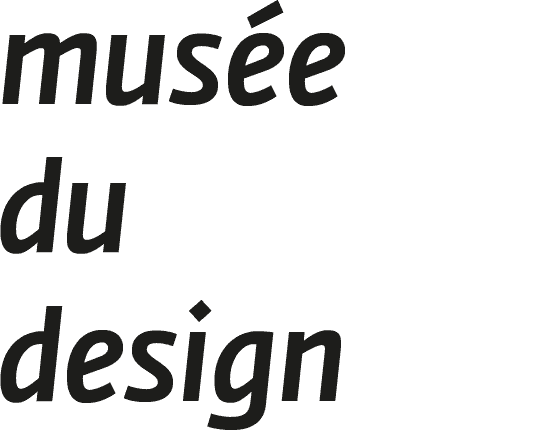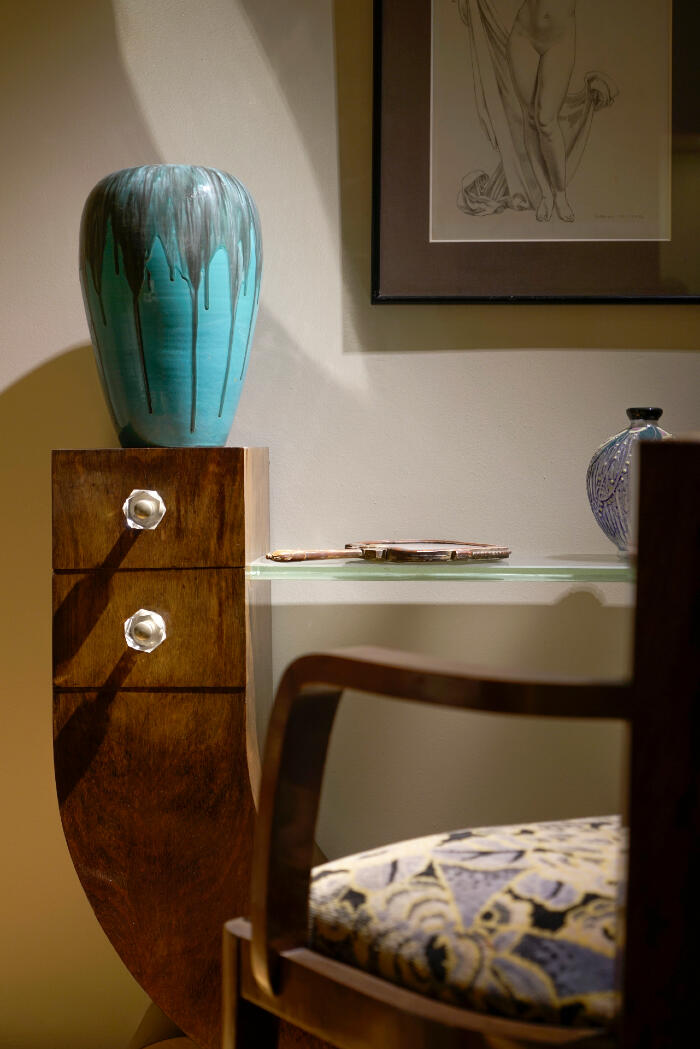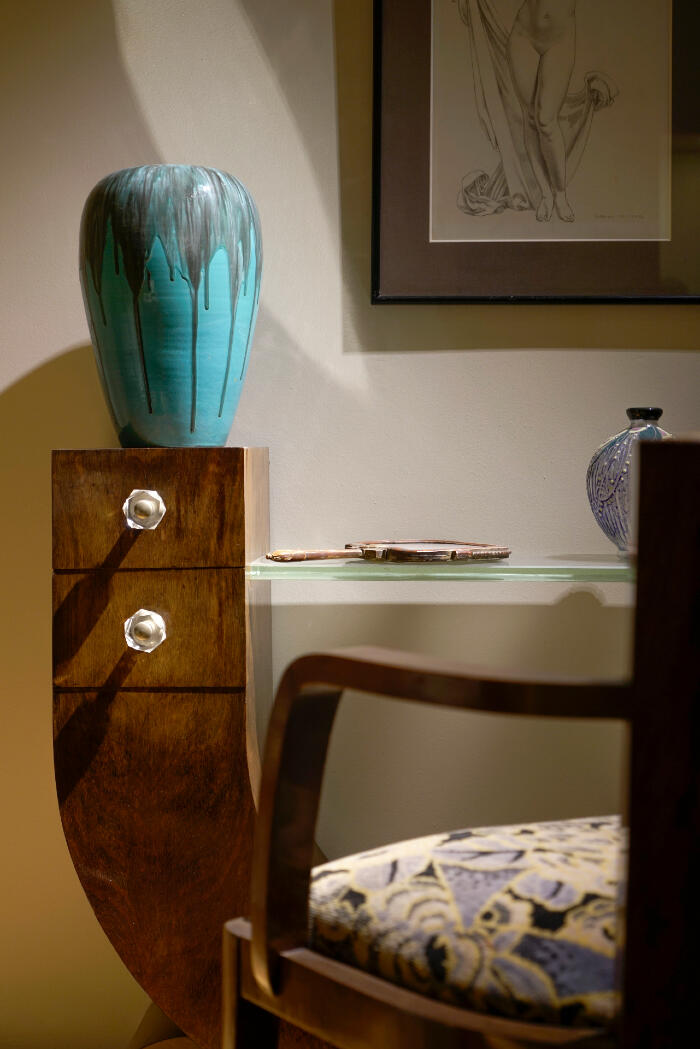Art Nouveau and Art Deco in Bordeaux
The first decades of the 20th century were, for Bordeaux as for the rest of France, a period of intense creativity. Although the city was not as important as Nancy for Art Nouveau, it did participate in the revival of the decorative arts thanks to personalities like the journalist and critic Paul Berthelot.
Editor of the Petite Gironde, he co-founded in 1899 the Société d'Art Moderne de Bordeaux under the patronage of the UCAD (Central Union of Decorative Arts of Paris). The society organised three exhibitions in Bordeaux, in 1900 and 1901, and took part in the Universal Exhibition in Paris in 1900. Thanks to Berthelot, the great names of Art Nouveau, such as René Lalique, Auguste Delaherche, Victor Prouvé and Alfons Mucha, were exhibited in Bordeaux, thus contributing to the dissemination, popularisation and artistic education of the Bordeaux public. The objects bequeathed to the city of Bordeaux at his death bear witness to his modern vision of the decorative arts, signed by Parisian artists such as Alexandre Bigot, Bordeaux artists such as Henri Hamm, artists from Nancy such as Emile Gallé, or foreign manufacturers such as Amphora.
The 1920s saw the blossoming of Art Deco architecture in Bordeaux under the impetus of its mayor Adrien Marquet and the city architect Jacques d'Welles, as evidenced by the Bourse du Travail (1938), the Judaïque swimming pool (1931-1935) and the Parc Lescure (1938), now the Jacques Chaban-Delmas Stadium. The people of Bordeaux who wished to renew their interiors and abandon their 18th century furniture, used the services of the designer Maurice Triboy, of which the museum has a characteristic collection, or the decorator Madame Xavier Rozier, who lived on rue Fondaudège.
It was during this period that the industrialist Henry Frugès completely restored his private mansion, located on Place des Martyrs de la Résistance in Bordeaux. Between 1913 and 1927, he called on the greatest artists and craftsmen of the time: the ironworker Edgar Brandt, Gentil & Bourdet for the mosaic decorations, the lacquerer Jean Dunand, the glassmakers René Lalique and François Décorchemont and the decorator Clément Mère. The dining room furniture is partly preserved in the museum and is based on drawings by the sculptor Alexandre Callède.
Two internationally renowned Bordeaux artists also participated in the decoration of this mansion: Jean Dupas and René Buthaud. The museum has a large number of vases, enamelled sculptures and several panels made in glass-fixed form illustrating the various periods of the ceramist's work, from the early 1920s to the 1960s.
Ceramic art from Bordeaux and the southwest is particularly well represented in the collections. The important legacy of Professor Robert Coustet allows us to appreciate the richness and creativity of this production around the Céramique d'Art de Bordeaux (CAB), a factory created in 1919 in Caudéran, the ceramist Marguerite de Saint-Germain active in Talence or Octave and Simone Larrieu in Maubourguet (Tarn).
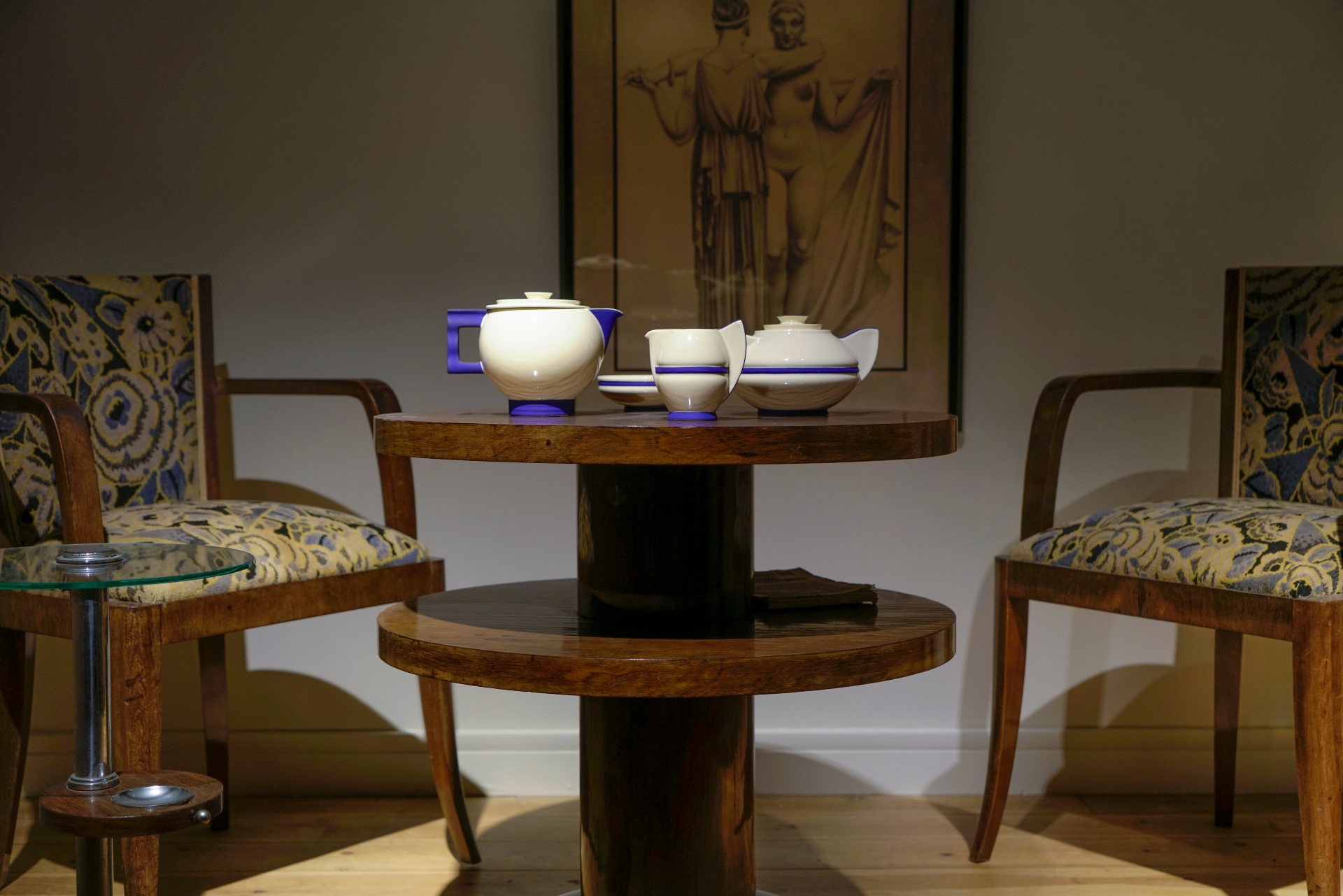
Robj Paris, tea service, circa 1930
Deposit of Pr Robert Coustet
Maurice Triboy, gueridon et deux fauteuils, vers 1930-1935
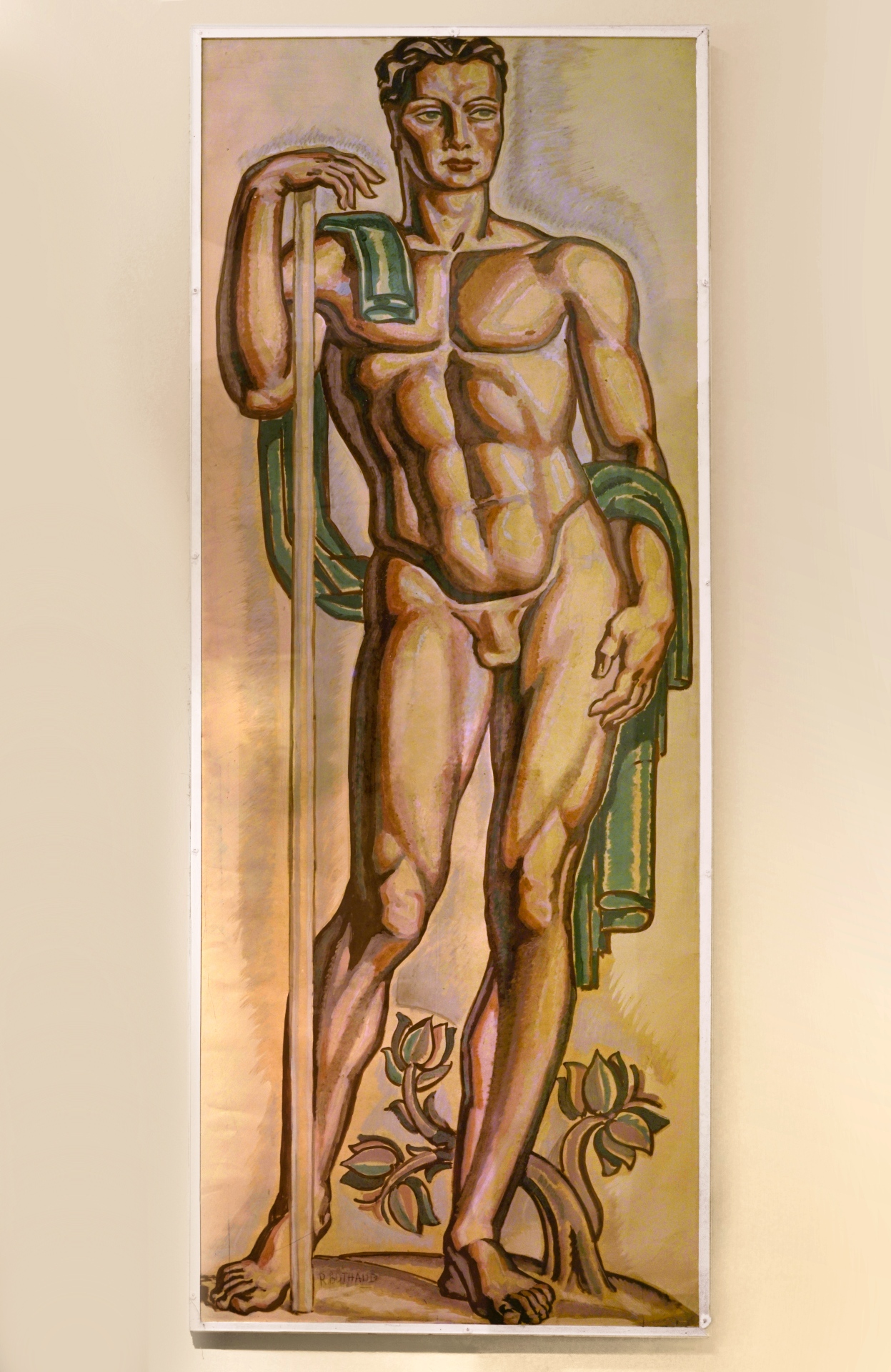
Gift of M. Fortin, 1980
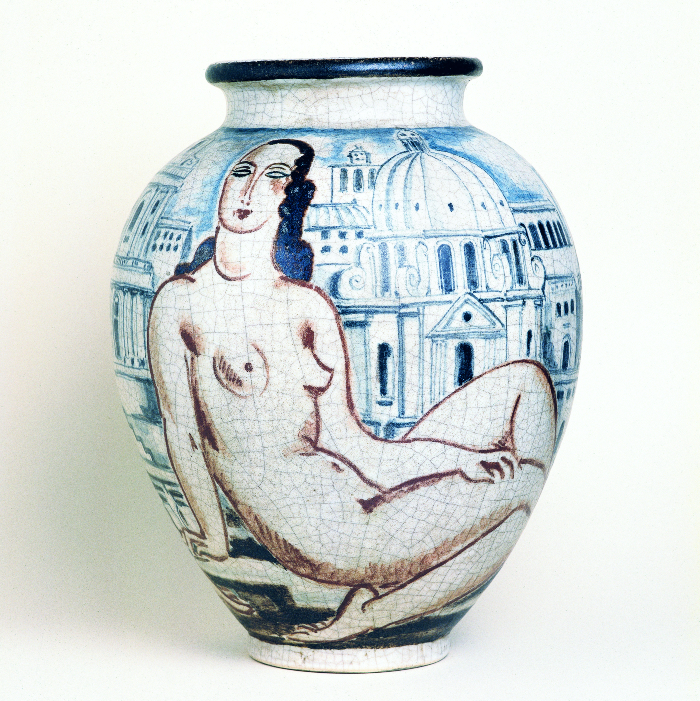

Water pot
Alexis Boissonnet, ceramist
Circa 1900
Stoneware
Bequest from Mrs Paul Berthelot, 1940
Deposit of the Musée des Beaux-Arts de Bordeaux
Inv D 2004.1.27

